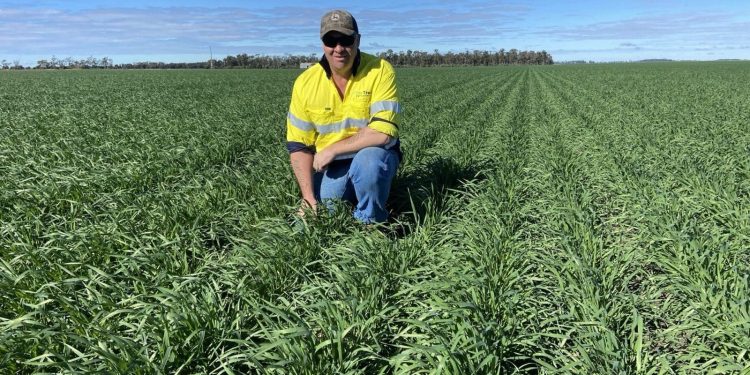Australian prices hit by global trends as local conditions affect crop growth
\Feedgrain prices in Australia have taken a significant hit this week, dropping by up to $20 per tonne due to the ongoing pressure from the Northern Hemisphere harvest on global values. Despite this, tightening stocks in south-eastern Australia are providing some stability in the barley market, driven by demand from mixed farmers and graziers.
Market Dynamics and Regional Influences
The cold weather across the Australian grainbelt has halted crop growth while delivering well-timed rainfall of 10-20mm to parts of Victoria and South Australia. This climatic intervention has been crucial for the region’s crop health but has not offset the broader market trends.
Price Movements
Indicative prices in Australian dollars per tonne are shown in the table below:
| Product | Prompt (July 11) | New Crop (July 11) |
|---|---|---|
| Barley Downs | $365 | $385 |
| ASW Downs | $370 | $380 |
| Sorghum Downs | $328 | $345 |
| Barley Melbourne | $342 | $350 |
| ASW Melbourne | $355 | $370 |
Northern Market Conditions
In Queensland, cold and dry conditions have stalled growth in wheat and barley crops. Trade is limited and primarily consists of grower-to-trade sales. While barley stocks are low ahead of the anticipated new crop, wheat continues to flow from on-farm storage to consumers. Sorghum is moving towards bulk export, with domestic demand nearly saturated after a wet harvest season.
Southern Interior Trends
In Victoria, grain prices up-country are higher relative to the delivered Melbourne market, driven by strong demand for livestock feed and weak export demand. The narrow spread between local and port prices highlights the robust demand from the livestock sector, especially for sheep and cattle feed.
In southern New South Wales, conditions vary from too wet in some areas to favorable in others. The recent rainfall has improved moisture reserves, but crop development remains behind schedule. This delay has made growers hesitant to commit to forward selling due to uncertain yield prospects.
Outlook and Consumer Behavior
Consumers with ongoing purchase needs ahead of the new crop are adopting a wait-and-see approach, hoping that further bearish news from the Northern Hemisphere will drive prices lower. The significant carryout of wheat into the new crop season suggests that consumers feel sufficiently covered for the moment, with limited opportunities for grain sales.





